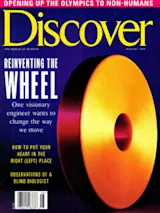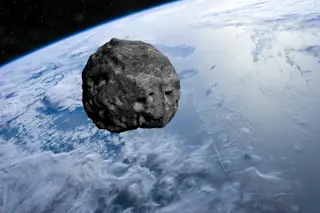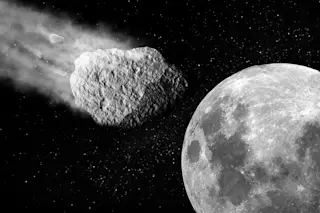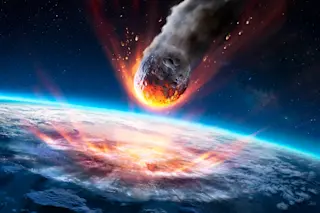The dozen or so small rocks in Jeffrey Bada’s lab are nondescript but far from ordinary. They come from a crater near Sudbury, Ontario, that formed 1.85 billion years ago, when a meteorite the size of Mount Everest slammed into Earth. Canadian geologists sent the rocks to Bada, a geochemist at the Scripps Institution of Oceanography, to see if they contained any organic carbon molecules. Not likely, Bada thought: if the molecules hadn’t been incinerated on impact, they would have been destroyed--probably by hungry microbes--long ago. Bada put the rocks on a shelf for a few years.
That was a mistake. The rocks, it turns out, do contain organic carbon--in the form of buckyballs, the molecular soccer balls named for Buckminster Fuller and his geodesic domes. And not just any buckyballs-- these seem to have been made outside the solar system, near a red giant star.
Buckyballs have popped up ...














